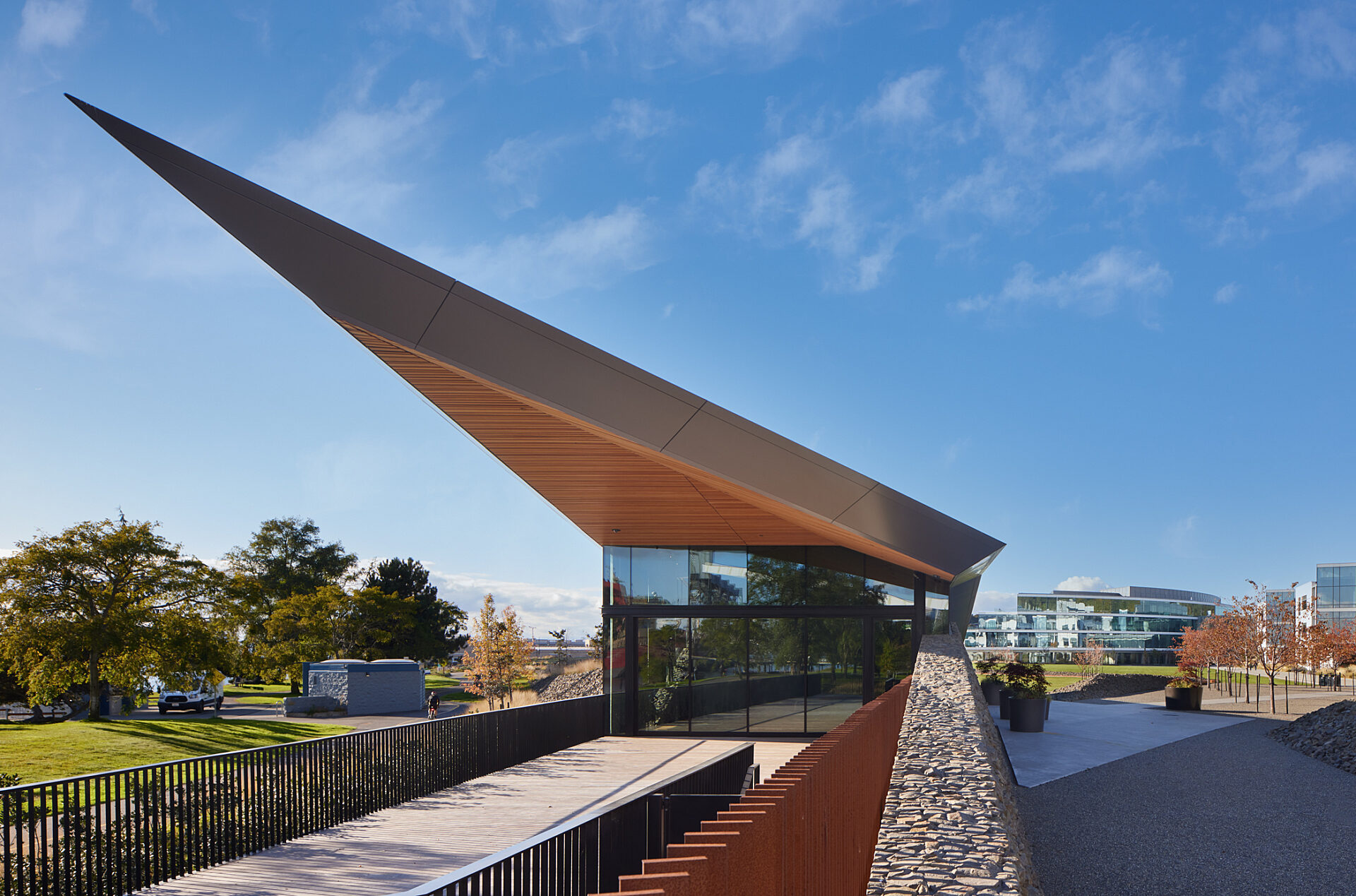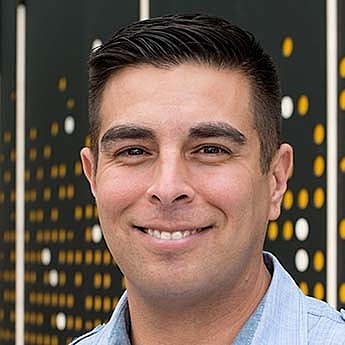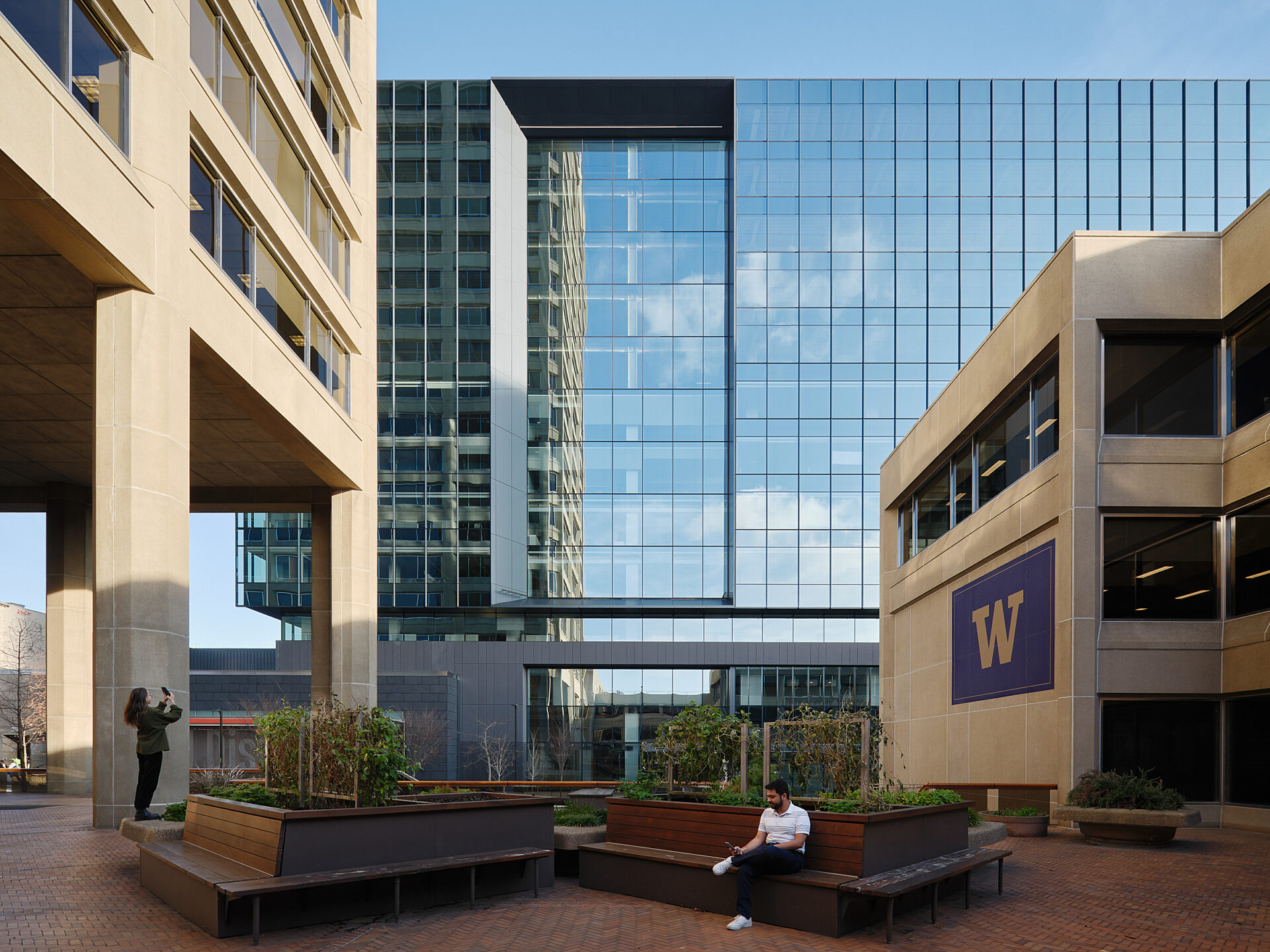As we weather the COVID-19 crisis together, we must look for alternative ways to share knowledge and continue our journey in learning, exploring, and improving. That being said, with the recent cancellations of industry organization events, we asked employees to give recaps of past events.
It seems timely to start with the February 2020 AIA Seattle Medical Design Forum. Design Engineer Matt Alvarado shares his top three takeaways from the two-day event that addressed the magnitude of the climate crisis and how the A/E/C industry can help meet regulatory requirements aimed at ensuring a safe and healthy environment for patients.
Patients are consumers – not passive spectators
Patients, and the providers hoping to engage them, live in a new world of consumerism, which may change faster over the next decade than the previous century. Patients are no longer passive spectators. They are active, vocal, creative, and expressive. The abundance of information available on the internet on diagnoses and treatments—whether accurate or not—gives patients an upper hand as they enter the doctor’s office. Unfortunately, in the healthcare industry, “the customer is always right” doesn’t always apply. An increase in information at the click of a button also clouds the valuable collective knowledge of providers.
Regardless of information accuracy, healthcare providers and designers face a new norm. As patients become more involved in their healthcare decisions, the platform for treatment must evolve. For example, we’ve seen an increase in providers offering mobile doc applications. How will the actual physical facilities accommodate for this trend as providers plan to expand? If the virtual healthcare trend continues, how will existing facilities adapt for reuse and how can we incorporate this change into brand new facilities?
We have more questions than answers right now but solutions are definitely on the horizon. For example, healthcare providers in China started using artificial intelligence [AI] interfaces with patients for initial screening, consulting, and diagnosis for thousands of common conditions. With the onset of COVID-19, our own hospitals are rapidly shifting to virtual consulting models. In fact, there’s an argument that AI is better at this type of diagnosis than humans. Imagine how many resources we could free up to focus on the more complex and urgent cases!
Responsibility for healthy patients AND a healthy environment
If a healthcare provider is patient-focused inside its walls, it should also focus on providing a healthy footprint outside the walls. After all, the best medical treatment is preventing illness in the first place. A healthcare facility needs to take a close look at the products it uses and the materials that make up its bricks and mortar—from furniture and finishes to mechanical systems and building structure. For example, some materials deemed as antimicrobial adversely impact the environment. The same goes for flame retardant materials. When designing and building for healthcare, avoiding materials on the “Red List” is key in preventing negative health impacts on the community. Project teams must perform cost comparisons that not only analyze direct dollar cost, but also measure the environmental and human impacts both locally and globally.
Net zero is daunting but essential
Healthcare facilities consume a massive amount of energy and as mentioned above, we should not overlook their impact on the environment. Owners, operators, and providers must participate in mapping out a path to reach net zero. To put the severity of carbon emission impacts into perspective, Stanford University researchers estimate that two months of improved air quality in China due to the COVID-19 induced lock-downs has prevented 75,000 adult deaths and 4,000 child deaths.
Carbon reduction isn’t an easy feat—nor does it come without a price tag—and requires a well-thought out plan. After all, significant movements or accomplishments don’t happen overnight. Take Alex Honnold’s free solo climb of El Capitan in Yosemite for example. Alex didn’t wake up one day and say, “I think I’ll take up rock climbing and summit that granite formation over there without a rope.” Alex’s career and dedication to pushing himself to the limits created the circumstances for this incredible accomplishment. Months of preparation, scouting paths, and planning with the proper safety and procedures in place [in addition to natural born talent] allowed him to free solo. The same can be said about sustainability and the path to net zero. To reach the summit takes time, patience, experience, planning, and most importantly trial and error. The biggest mistake of all is doing nothing.


